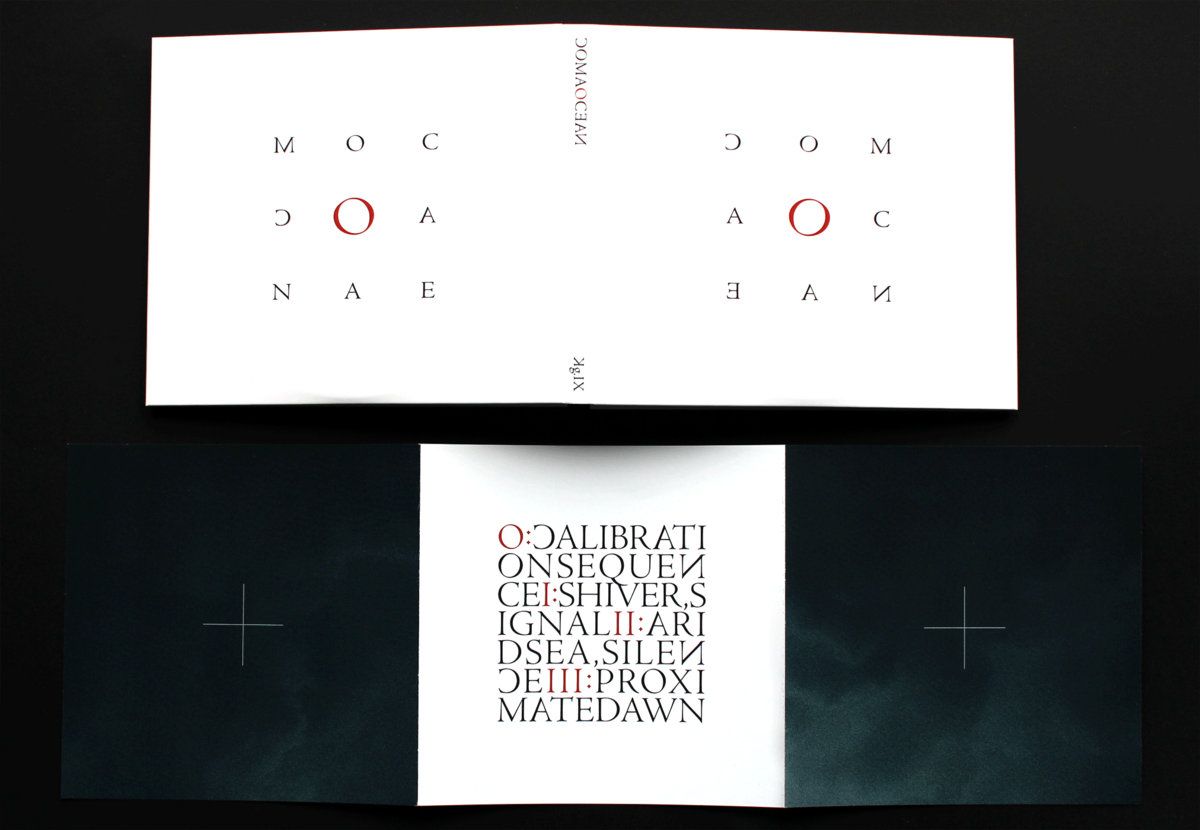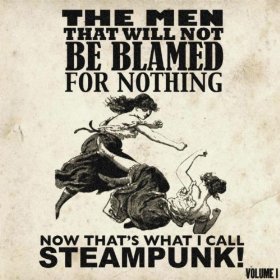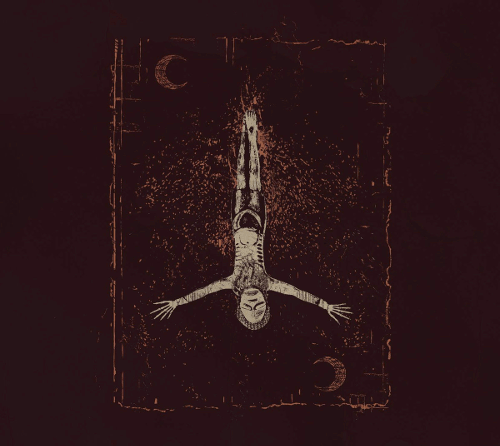 It’s an oddity coming to this on the back of the last thing I covered for Freq — two fulsome releases from Grayfade — because this is an exercise in opacity and non-identity. What appealed to me was that the press release for this was impenetrable. And yet, not un-compelling.
It’s an oddity coming to this on the back of the last thing I covered for Freq — two fulsome releases from Grayfade — because this is an exercise in opacity and non-identity. What appealed to me was that the press release for this was impenetrable. And yet, not un-compelling.
Which is to say there’s a degree of artistry in how one presents ‘opaque’. I came across my Francisco López collection recently — one of which (#74 — that’s the name of the album, I don’t have seventy-four albums by him) is a near-blank CD in a blank jewelcase.
Now at the time that stood out in a CD shop, which is where I was buying records (the much-lamented Sound323 in Archway, London). In 2024, that’s not how most people consume music. And so, efforts towards opacity, to reduce the amount of ‘personal identity’ on display, take on a different form now. López was mediated by his marketplace, and so to is COMAOCEAN.Three CDs in a gatefold with little to identify the recordings. I’m only calling it COMAOCEAN because that’s what the Internet says; the artwork’s text resembles (at a squint) something like a boustrophedon, but there’s a strong sense that the label Keraunograph have spent a lot of time thinking about font-weights, spacing and those typographical niceties. What I’m saying is that where the sleeve actively resists identification by typical modes, there’s emphasis placed elsewhere that makes it identifiable, if not ‘legible’.
And the music you ask? Funnily enough my main frame of reference would be López again — long, drawn out ‘noisy’ pieces which build at an achingly slow pace. ‘Noisy’ more in the sense of obfuscatory (n’est pas), blurring textures and timbres that act as a screen for the sources. Sound sources seem to be long, complex organ chords — like remixing a emancipatory terminal bar of one of Olivier Messiaen‘s organ works (and if that begs the question “I would like to listen to Messiaen’s organ works” — the collection with Jennifer Bate is imperious). My suspicion is that, like López, the game is to take a single sample and eke as much as possible out of it; a kind of minimalism which zooms into details like a Mandelbrot set, rather than a minimalism which is nakedly simple.It’s certainly a powerful sound — the mastering work on here is astonishing, gorgeously clear and transparent and, by the time of the culminations, aggressively loud (without going into harsh noise territory, which ironically often loses a lot of harshness with bad mastering). It’s perhaps odd to describe a record in terms of the effectiveness of its production, but the value for me is in producing something that is roughly consistent on all axes — minimal yet well-weighted and absolutely flush with lucid, if not legible, detail.
It’s nice to know that this kind of stuff still exists — there’s a worry for me that as the medium of acquisitions change, now we’re all online, that the music made by the likes of Phill Niblock or Francisco López are still out there, still visible and (importantly) still viable. To be played at raging volume and supplemental to some very excellent naps.-Kev Nickells-




